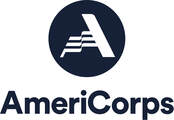In the case with Abatron products, the consolidant (LiquidWood) is a two part viscous material that when mixed in equal parts and applied to rotted and decaying wood, reinforces, rebuilds, and waterproofs the offending material. It is the first step in the restoration process and is applied before the wood filler. Once the consolidant becomes tacky, the wood filler can be applied.
The filler (WoodEpox) is also a two part system but comes in a two color dough form. The dough is a high-strength, no-shrink structural adhesive putty. Once again, equal parts are mixed to form a uniform substance that can be used to fill even large holes, cracks, and rotted areas. To smooth the dough, one only need dip the putty knife in some isopropyl alcohol and carefully work the material. Once the dough has set, it can be sanded, shaped, and routed. It can also be tinted with dry pigments when combining the two parts, and stained, or primed and painted afterward. It is important to remember two things; the consolidant goes a long way, so only mix a small amount at a time. In addition, the working time for the wood dough is only about twenty minutes, so only mix up an amount that can be worked in that timeframe to avoid waste. It is also important to remember that since the WoodEpox generates heat as it cures, the larger the mass, the quicker it cures due to the amount of heat generated and trapped within the mass. Thus, thin applications will take longer to cure. When used correctly, wood consolidants and filler can produce a very professional end result. In addition, these products allow the homeowner greater autonomy in the hands-on restoration process. It is true that certain situations will require wood replacement, but the Abatron process allows for many jobs that might otherwise be sent out to be completed on site and at a greatly reduced cost. Visit the Abatron website at Abatron.com. Give it a try and good luck! If you would like to learn more about historic wooden window rehabilitation, contact Lynn at lstasick@gmail.com to set up a workshop. You can also visit our website for more information on why to save historic windows.
The historic Entler-Weltzheimer House is believed to be the oldest log structure in Shepherdstown. Built in the 1790s, the structure is the last remaining example of vernacular architecture in that part of Shepherdstown. The university obtained the house in 1926, converting it to a sorority house and domestic science classroom.
The follow-up workshop will be held due in part to the remaining funding which the Historic Preservation and Public History Program received from the Two Rivers Giving Circle and a matching grant from the Historic Shepherdstown Commission. By Rodney, Preserve WV AmeriCorps
Preservation Alliance of West Virginia carried out a workshop to help put the finishing touches on windows at the Old Traveler’s Rest near Burlington, WV. This was the final step of the restoration project which began back in 2012. PAWV staff were accompanied by three volunteers to support the efforts. Thursday, June 26th was the first day of the two-day workshop. The day began with an educational session by Statewide Field Services Representative, Lynn Stasick. Lynn’s presentation included the proper use of wood consolidates and other treatment techniques using the Abatron line of wood care products. Immediately following was a discussion of paint history and chemistry. To round out the morning, Lynn demonstrated hands-on methods of the type of work occurring during the workshop. Work included using a router tool to install weather stripping along crucial edges of the wooden windows. Other volunteers also worked to remove paint and clean up exterior and interior window sills and trim. The next day saw the completion of weatherization and treatment of the window sills to restore the wood. Some priming and painting will complete the window restoration. Volunteers joined the efforts of the Mineral County Historical Foundation, directed by Foundation President, Frank Roleff and longtime friends of the foundation. The work of the Foundation has focused on raising funds and beginning restoration of the original section of the structure. The building was built in two segments, the first in 1810. The original intention was serving travelers traveling along the Old Northwestern Turnpike between Parkersburg, West Virginia and Winchester, Virginia. PAWV was fortunate to be joined by three volunteers. The most coincidental volunteer was Alex Dye of Morgantown whose Great-Grandparents lived in the house at one time. Lindsy Whittaker also joined the crew, looking to gain hands-on experience to supplement her recent degrees in History and Museum Studies from Fairmont State University. Julie DiBiase, AmeriCorps with the Appalachian Forest Heritage Area, who is currently serving with Arthurdale Heritage, Inc., volunteered both Thursday and Friday. Looking for information on recruiting PAWV volunteers and staff for your preservation projects, contact americorps@pawv.org for more information. By Alex, PAWV VISTA
West Virginia is known for having the best 4-H camping program in the country. This, in part, is due to that fact that 4-H camp began among these hills. The first recognized county 4-H camp took place at Elkwater in southern Randolph County in July 29-31, 1915. Verus Shipman, the Randolph County 4-H agent and his wife organized the camp. The idea of the camp was to learn to live with other children of their own age and understand problems that are not theirs. About 20 boys and girls camped for three days, sleeping in Jackson Crouch’s barn and cooking outside over an open fire. Each camper brought a tin plate and cup, silverware, an empty mattress tick and blankets, toiletries, potatoes, vegetables, bacon, and a live chicken for the pot. From that moment on, camping became a vital part of 4-H in West Virginia. Beautiful view at Kumbrabow State Forest Although Randolph County 4-H camp is now held in a different location, it is definitely worth a visit to this original camp site. A historic marker tells the story of this camp and open field where the camp was held greets you. Mountain and forest surrounds the area. Across from the Camp Good Luck site you can enjoy a trip through Kumbrabow State Forest. Here you can hike, picnic, or fish the day away. Kumbrabow also have several cabins for rent as well as a camping area. Take the day to see some history in a beautiful natural setting. |
News and NotesCategories
All
Archives
January 2024
Subscribe to our mailing list to receive e-news updates on historic preservation news and events in West Virginia.
|
Get Involved |
Programs |
Contact UsPreservation Alliance of West Virginia
421 Davis Avenue, #4 | Elkins, WV 26241 Email: info@pawv.org Phone: 304-345-6005 |
Organizational Partners:
© COPYRIGHT 2022 - PRESERVATION ALLIANCE OF WEST VIRGINIA. ALL RIGHTS RESERVED.

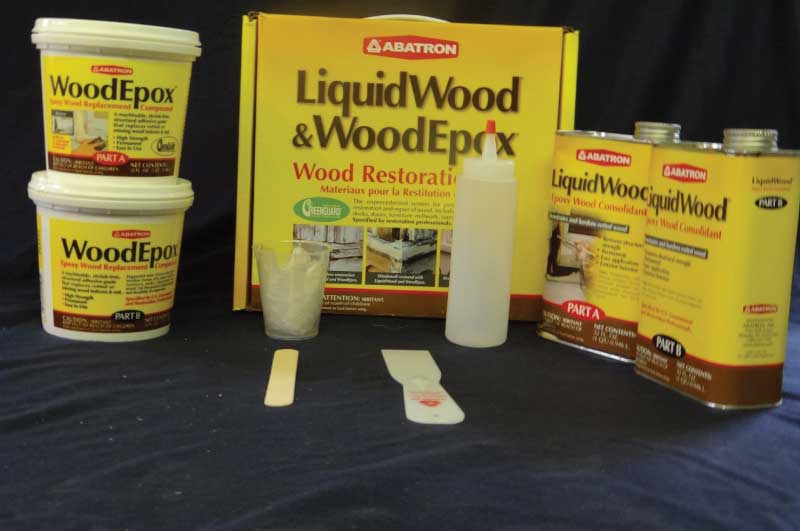
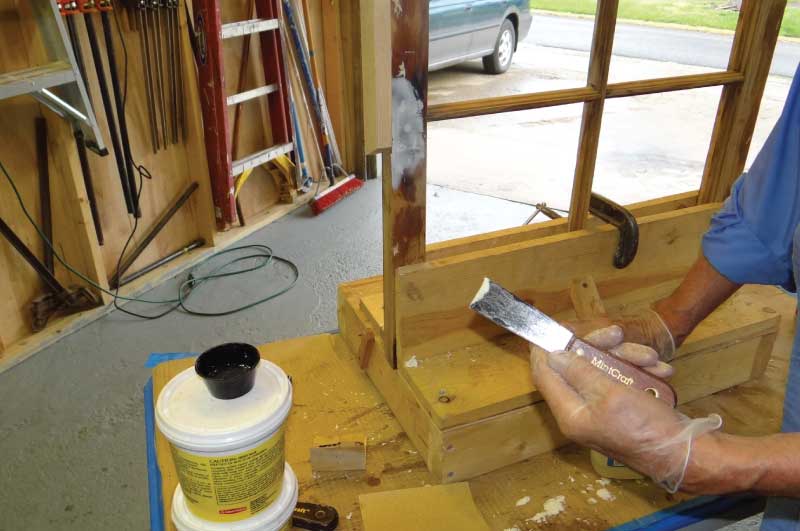
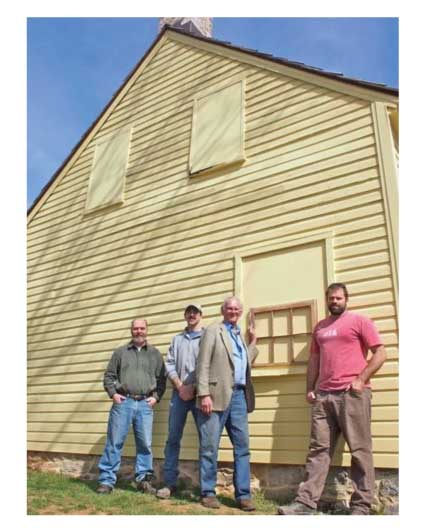
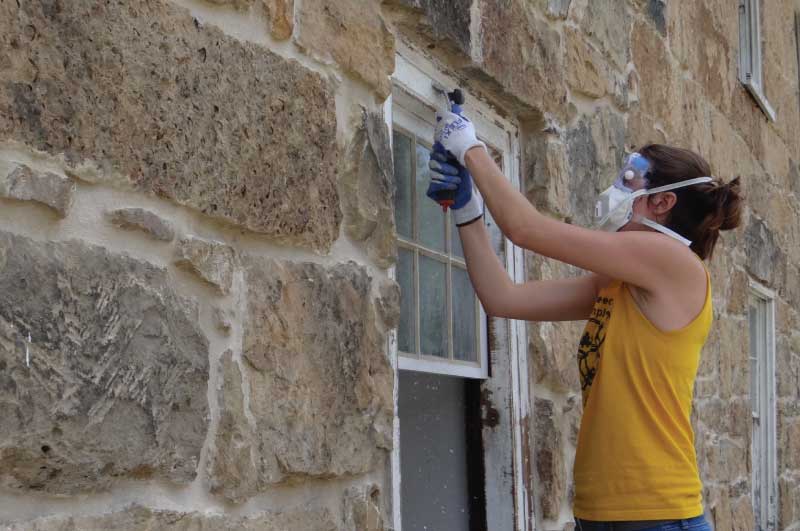
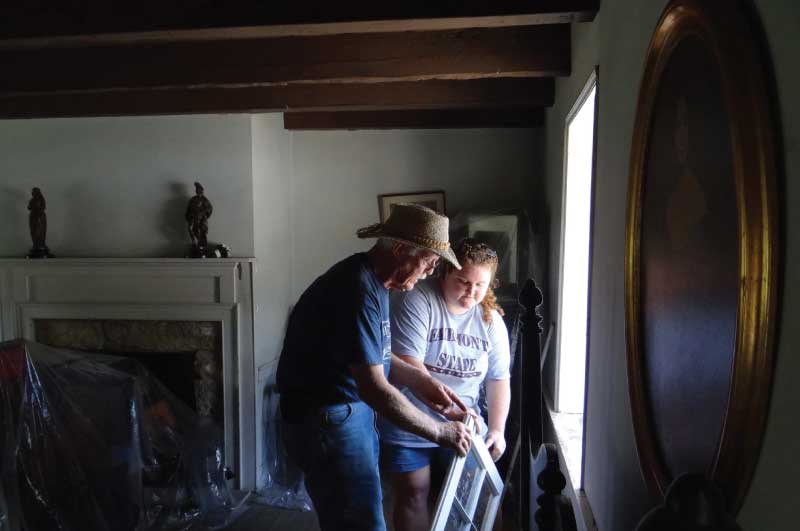
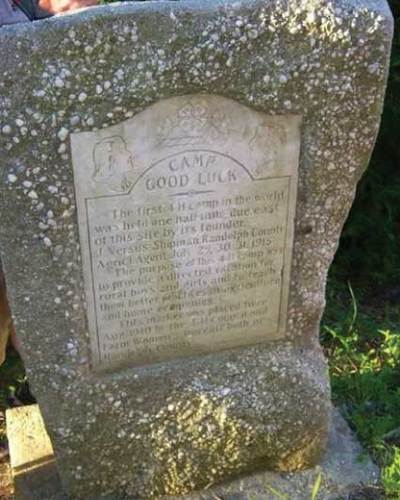
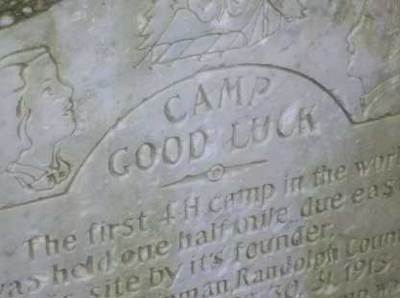
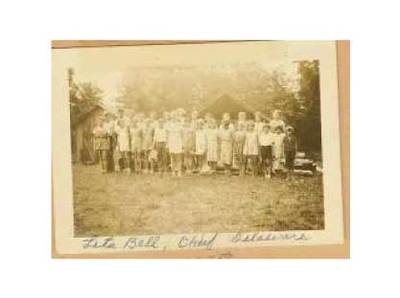
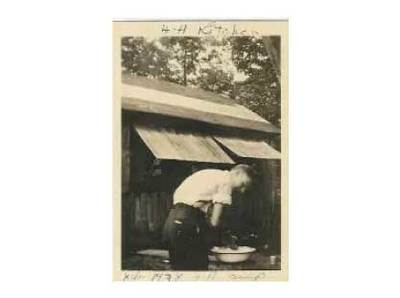
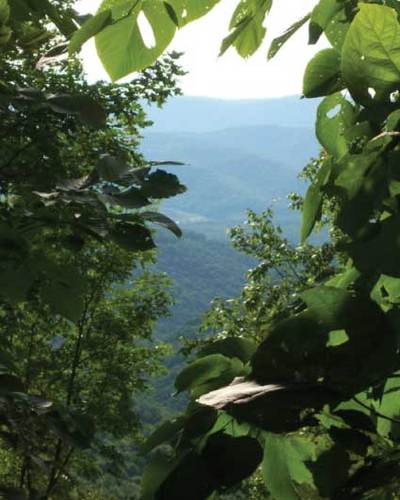
 RSS Feed
RSS Feed

